
The subculture of skateboarding in India has been gaining momentum over the past few years with many cities in the country boasting of their own skateparks. To the delight of skateboarders in Mumbai, Bombay SB and Bandra Collective have set-up the city’s latest skatepark on the Carter Road Promenade
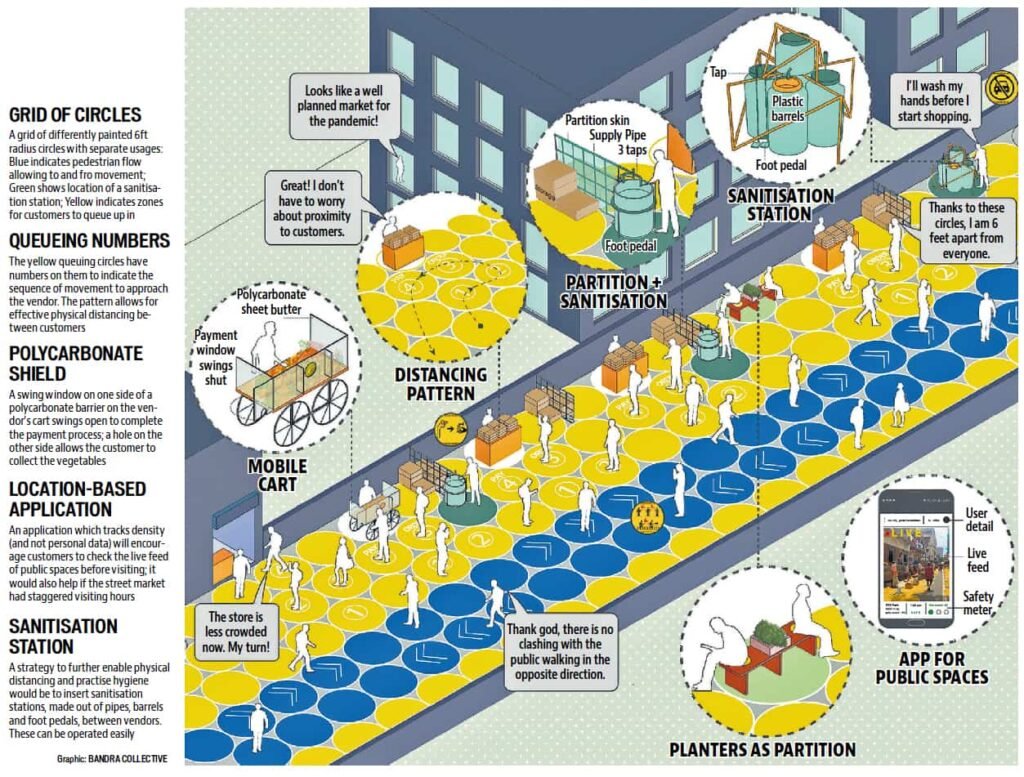
Today, the coronavirus has forced us to take a hard look at our cities, again. Hindustan Times reached out to urban designers and architects to re-imagine and decongest four key spaces of our lives:
a classroom, a street market, an office and a congested residential area. A look at their designs and innovations:
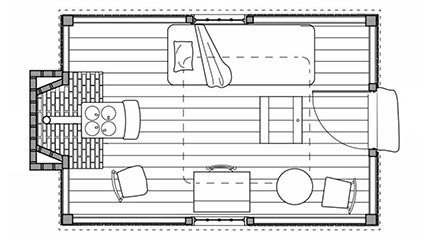
A column on the influence of the Coronavirus pandemic on architecture, lifestyle, work culture and the future of the architecture profession
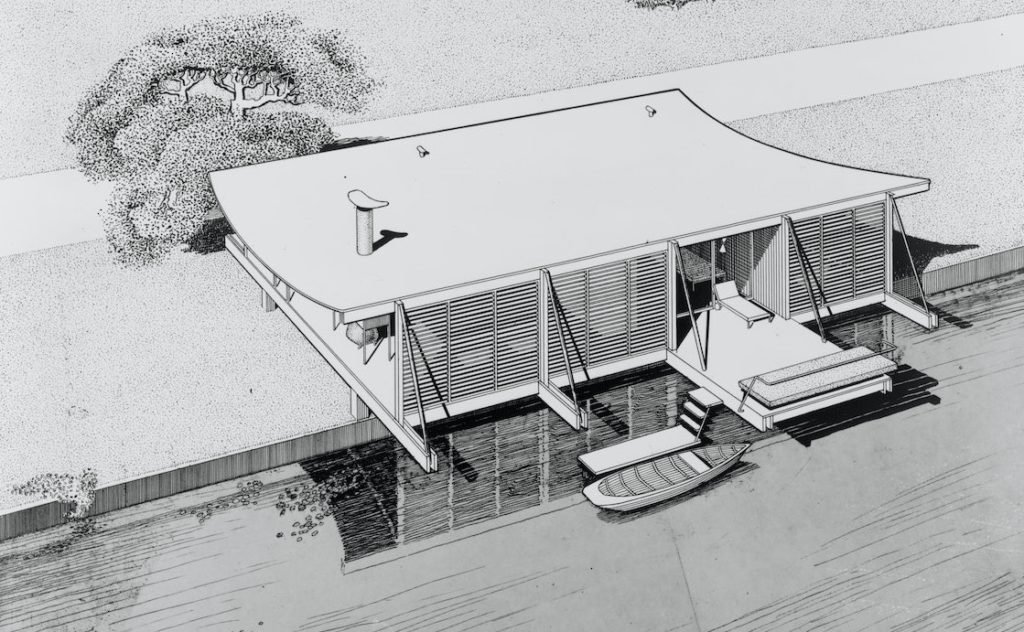
The Historical American Buildings Survey (HABS) has built up a treasure trove of historical architectural precedents through drawings, photos, and documents from the American architectural, engineering, building and landscape culture.

After a long period of renovation the the Carter Road promenade has re-opened to the public. Skateboarding acts as a force of “social disruption”. Not surprisingly, the skatepark at Carter Road quickly has become a meeting place not only for enthusiasts, but also a please where people of different backgrounds interact.
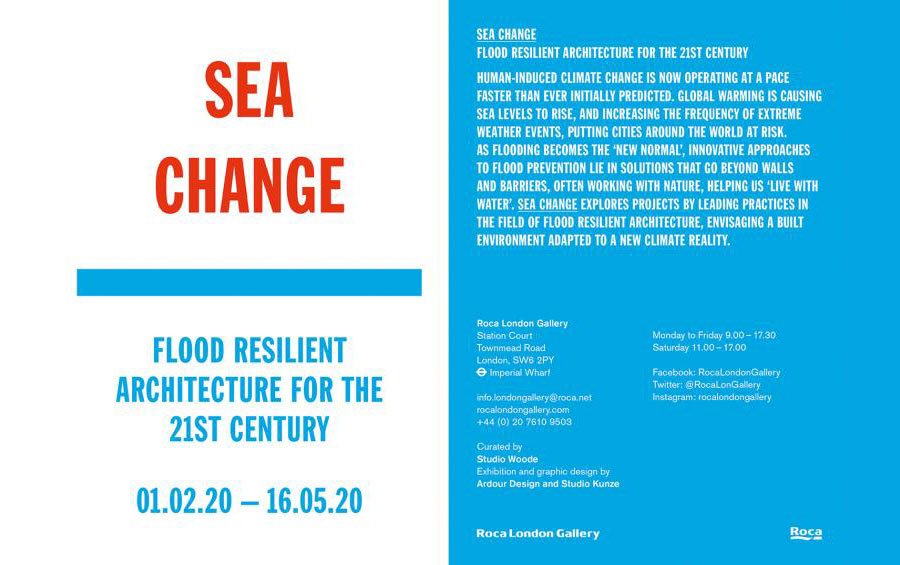
The Etania Green School is part of the new exhibition “Sea Change: Flood Resilient Architecture for the 21st Century”. The exhibition explores how architecture has to adapt to the growing climate reality of urban flooding. through a series of projects – proposed and realised – by leading architects around the world in the field of flood resilient architecture.
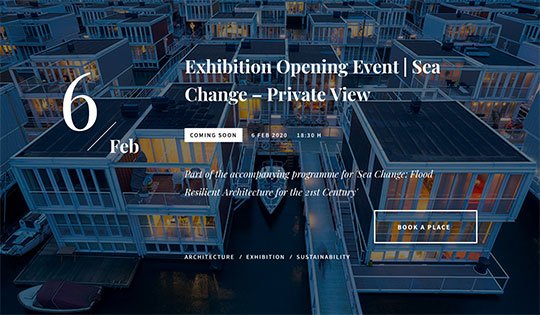
The Etania Green School is part of the new exhibition “Sea Change: Flood Resilient Architecture for the 21st Century”. The exhibition explores how architecture has to adapt to the growing climate reality of urban flooding. through a series of projects – proposed and realised – by leading architects around the world in the field of flood resilient architecture.

BillionBricks and Architecture BRIO envision to empower Konchur (Karnataka) to turn into a Sustainable Model Village (Adarsh Gram) for New India by initiating strategic interventions and investments that are self scalable by the community. In the present day scenario, a large number of people are migrating from the village to the nearby cities in search of work, livelihood and a better quality of life. But what if this scenario is reversed in the coming years?

Home & Design Trends India discusses with a group of experts the future of Indian Cities in an article called MyView “The imperatives of urban planning for Indian cities”
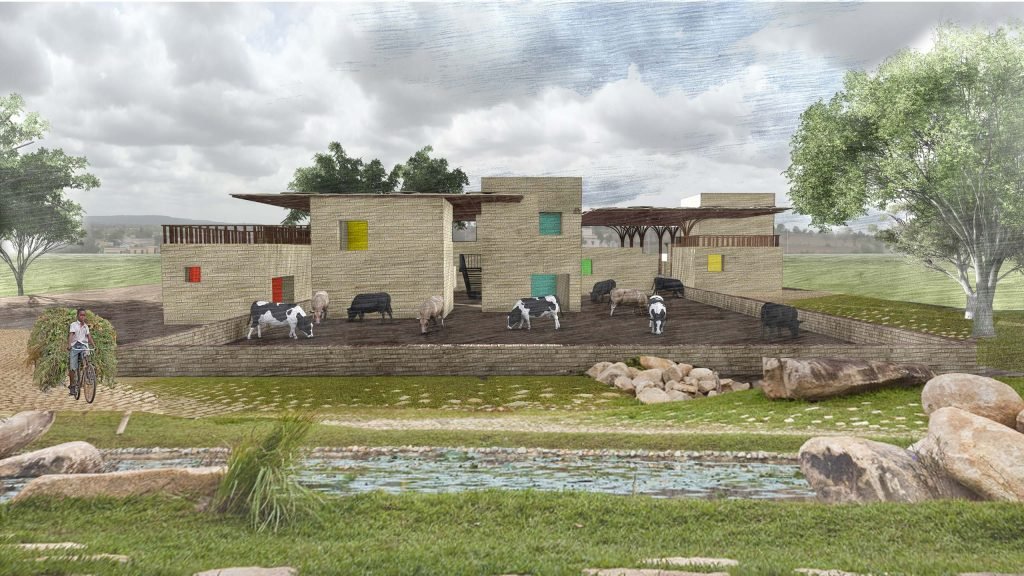
BillionBricks and Architecture BRIO envision to empower Konchur to turn into a Sustainable Model Village for New India by initiating strategic interventions and investments that are self scalable by the community.

Architecture BRIO has been appointed to design a resort with 16 holiday homes near Navabag Village. The development of this 6 hectares site will include the ecological restoration of an existing lake and the development of 16 holiday homes and a boat house.

The architect Lebbeus Woods has written an exceptional essay in three parts about slums and the possible roles that an architect can play in this seemingly unsolvable problem
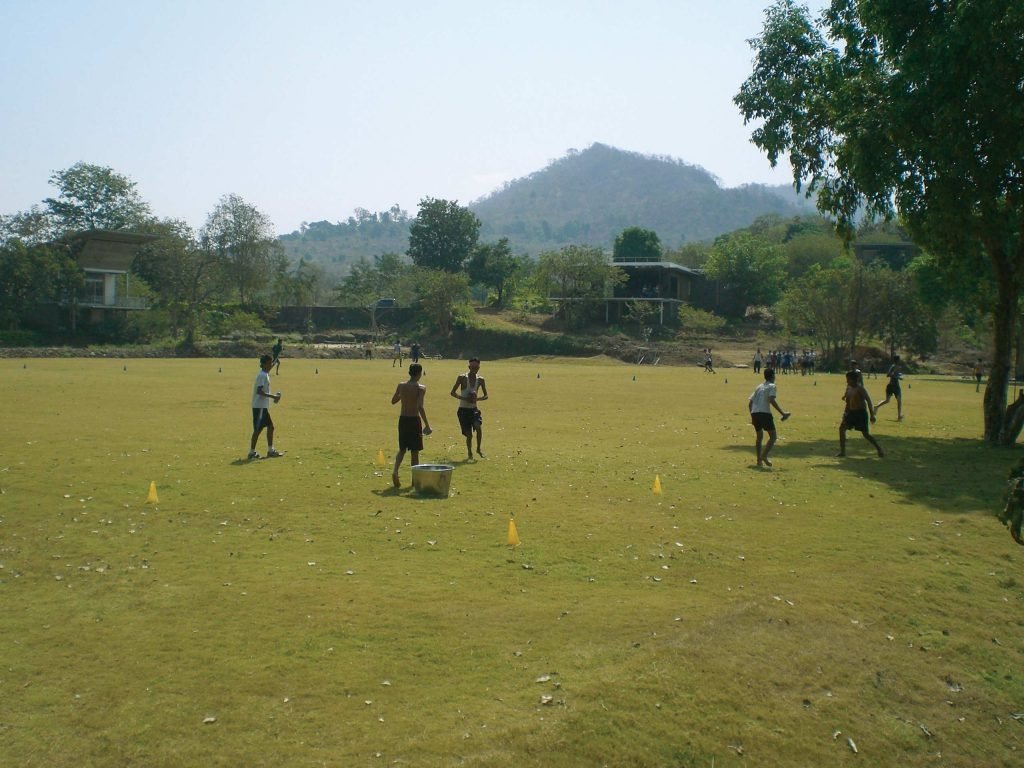
The 25-acre Magic Bus campus is situated near Mumbai in the Sahyadri Hills. Magic Bus works with children and young people taking them on a journey from Childhood to Livelihood and out of poverty. By enabling children to complete secondary education, delay their age of marriage, and skilling young people to be in jobs, the organisations helps moving a generation out of the vicious cycle of poverty.
The Magic Bus Centre for Outdoor Learning and Development was built in 2006 to offer an opportunity to discover how the expansive outdoors can help people nurture and develop their personal and interpersonal skills. It seeks to educate and mentor children through outdoor “experiential” learning.